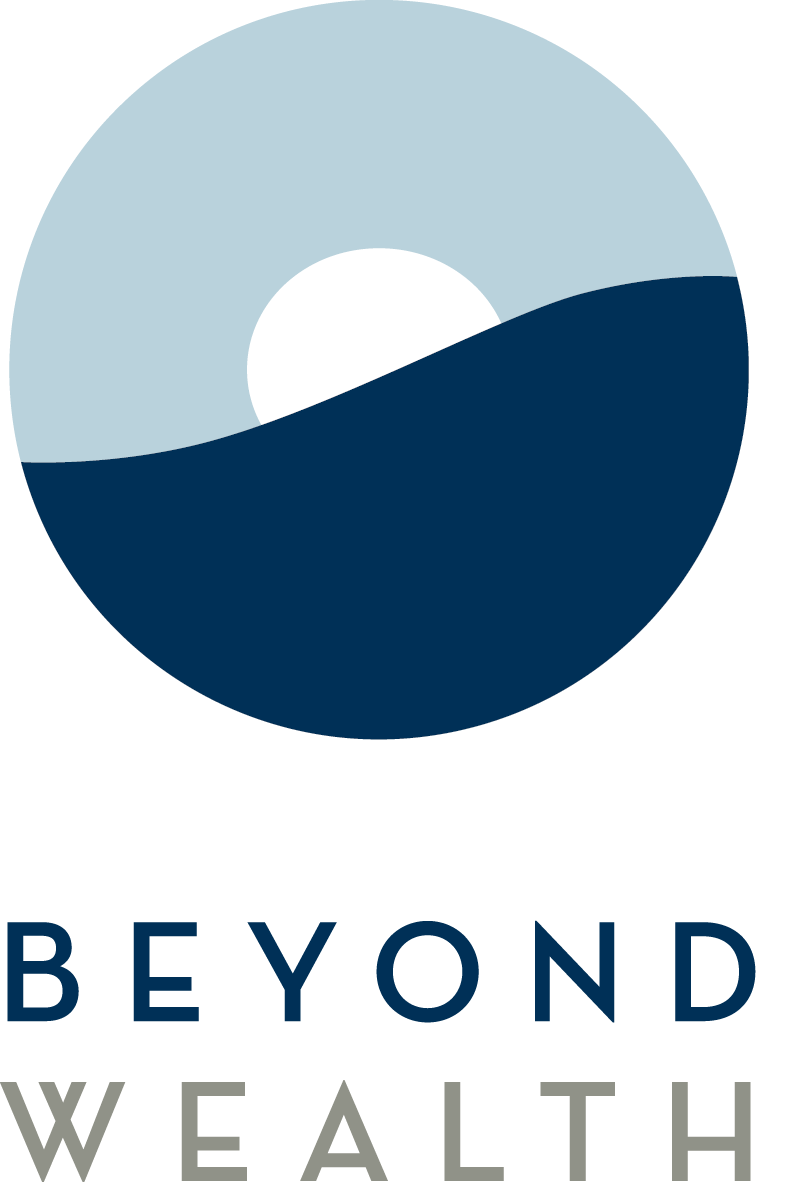Budgeting Sucks
Learn how to tell your money where to go instead of wondering where it went – the difference between budgeting and cash flow mapping.
What do you think of when someone mentions “budgeting”? Most people (unless you’re a money geek like me) typically cringe when they hear that word. The reason being is because we immediately think of tracking expenses, carrying envelopes of cash, or obsessing over every penny you spend every single day.
People can feel a lot of guilt or shame when it comes to the concept of budgeting because they don’t want to feel bad about the spending choices they make. What if I told you there’s an easier way to master your cash flow that will allow you to focus on a plan for guilt-free spending? It doesn’t matter if you make $50,000/year or $50,000/month, you must have a cash flow plan in place that allows you to direct your money towards the things that are important to you. Without a plan, you’re more than likely wondering where all of your money went or trying to figure out why you don’t have more money left over to do the thing you want. It’s proven that understanding and following a system to manage your cash flow creates financial confidence today and into the future.
Today we are going to outline the difference between budgeting and making a cash flow plan by creating a cash flow map. As well you will discover how easy it is to put a plan in place for your money that will give you spending guides or guardrails as opposed to tediously budgeting every penny you earn.
Downfalls of Budgeting
I love a good budget, but I know most people don’t feel the same way. Let’s dive in to what the main issues are that people have with budgeting.
Issue #1 – People make it way too complicated. When you make a plan that is way too complicated, we tend to not follow through with it.
Too many categories in your budget
Issue #2 – Making your budget too rigid. (Not building in flexibility). The reason people tend to fall off the wagon when it comes to budgeting because they don’t know how to account for unplanned or unexpected expenses that pop up. Everyone’s trying to create a “Perfect” spending plan, and when the unexpected happens (which is always), they get frustrated and stop using the budget altogether because it’s not helping.
Issue #3 – Forgetting that the whole reason for budgeting is to help you make better and more informed spending choices.
So what’s the solution? Create a Cash Flow Map.
What is a Cash Flow Map?
A cashflow map gives you a different way to visualize your money and make a plan to use it for the things you want to focus on. Creating a cashflow map helps you understand what’s leftover for spending (or, in other words, helps you identify your Free Cash Flow). Once you know your Free Cash Flow, you can spend less time, effort, and energy stressing over every dollar. You’ll be able to operate under the freedom of knowing that as long as you focus on spending only your ‘Free Cash Flow” you won’t have to worry about going “over budget” or living beyond your means ever again.
Cash Flow Mapping also considers your Long-term and Short-term savings goals, so you can feel confident that you’re on track to meet those goals as well.
Here is a Sample Cash Flow Map:
Start with Total Income
Take out Taxes and other paycheck deducted benefits like medical benefits, FSA accounts, and other payroll deductions (not including long-term savings) = Net Income we have to work with
Take out what you should be saving for long-term savings (These savings eventually will replace your paychecks.)
Calculate and take out your Fixed Expenses – These are predictable expenses in both amount and timing.
Now you know what’s leftover. This number will identify what you have available for Variable Spending
You can break your variable spending into 3 separate categories.
Save to Spend – this is money you’re going to save today to help fund your short-term financial goals or large one-time purchases that fall outside of your typical monthly spending.
Allocated Spending – This is your best estimate of your planned variable transactions like groceries, gas, shopping, entertainment, eating out, and personal care items, among many other things.
You can usually get a pretty good idea if you look at a few months’ worth of bank or credit card statements.
Lastly, what’s leftover is your Unallocated Cash Flow. Depending on how big or little this number is will give you direction on your monthly spending cushion. If it’s a big number, you can use some of these funds to increase your long-term or short-term savings amounts. If it’s a negative number, then we know that some work needs to be done to figure out where you should make some adjustments.
At a glance, we can identify precisely where your money is going and can quickly gain awareness of what areas may need improvement. The slightest adjustments can make a considerable impact on your current and future quality of life.
The sooner you flip your thinking about your cash flow management, the quicker you’ll accumulate wealth. Wealth accumulation = financial stability and the opportunity to live a life by your own design instead of trapping yourself into the paycheck to paycheck lifestyle. Check out this video to see an example of what cash flow mapping looks like!
If you’re interested in learning ways to reimagine your finances reach out to schedule a meeting to start designing your unique cash flow map.
Brandy Branstetter, CFP®
Principal–Wealth Advisor




